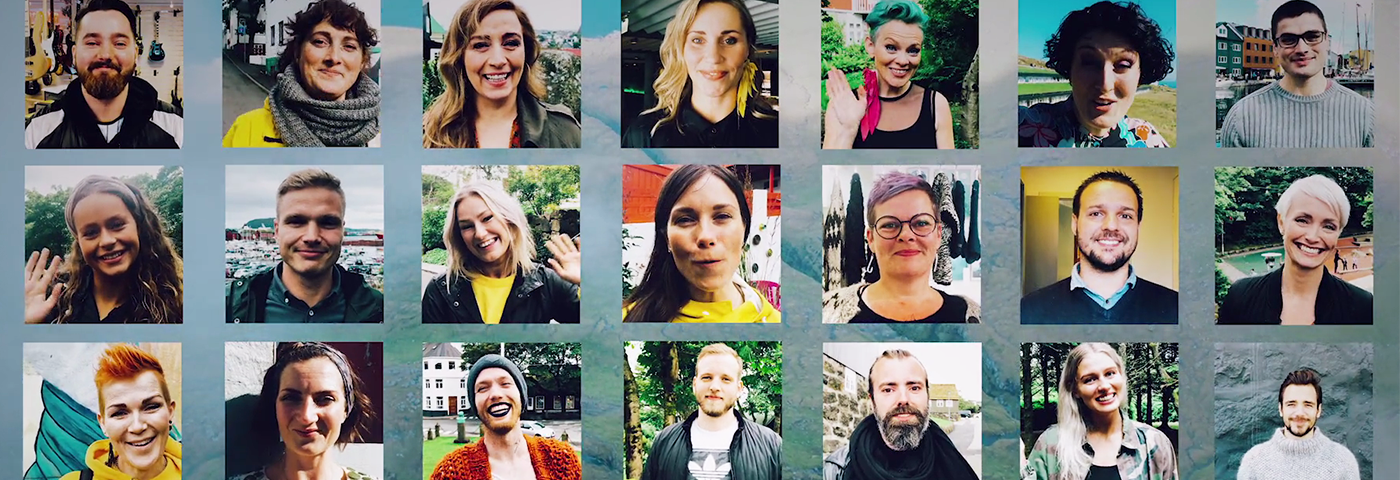This year, the Faroe Islands won. Their victory highlighted, yet again, the importance of setting out on a project with a clear strategy. Because there are many ways to use social media in tourism.
Let me explain. The headline is the title of a seminar we ran at World Travel Market in London a month ago.
It was the third year of running this session. We at Travel Perspective reviewed the market, and then invited some leading tourism brands and destinations to present their latest project.
Each had five minutes to do so, then a panel of digital media judges peppered them with questions. When all was said and done, the audience got to vote for their favourite, the result being added to those of the judges and a winner declared.
You can stream the full seminar here
As I’ve said, the Faroe Islands won, by a point, from Iceland, who won in 2015. The two campaigns were remarkably similar, in that they were based on local people using social media platforms to answer any question from potential visitors.
‘Ask Gudmundur’ was the 2015 Icelandic campaign, the 2017 Faroese version was the Faroe Islands Translate Project, a clever twist on the same principle. The idea was born in October as Faroese is not (currently) part of Google translate.
So they created www.faroeislandstranslate.com – a website that visitors could use to learn the language, with Faroese residents responding on video. Did you know there are 37 words for fog on the islands?
Both Iceland and the Faroe Islands employed humour as their main weapon – as demonstrated by their residents, their ‘ambassadors,’ a concept now widely upheld as a genuine and warm way to self-promote.
And in terms of being a crowd pleaser, it clearly works – at least as far as our challenge went. Iceland or the Faroes scored top marks from two of the four judges, and that of the audience.
But why not all judges? Because some campaigns are not aimed at endearing potential visitors to a destination through humour and stunning videos.
Peru, for example, gave a presentation about its Suitcases of Peru project which eschewed video but using humour in a much softer, less in-your-face way. Its idea was to give suitcases to its leading sports, arts and business people who travel widely.
Those suitcases were then seen on carousels around the world, sporting iconic images which made them stand out in a sea of black and beige cases. It was impressive – getting to people while they are in travel mode, and who wouldn’t possibly have thought of Peru as a destination beforehand. One of our judges awarded that top marks.
Then there was Exodus Travels, a tour operator whose project focused on selling holidays, rather than awareness. It went for solo travellers by promoting its tour leaders – its ‘heroes’ – on video via Facebook. It built a full sales funnel on FB Canvas, which saw 25k visits its website and 865 purchase, an ROI of £1.5m!
That won the vote of a judge from a commercial background, as opposed to the judges from a creative background. You could see why, and you could see why both approaches worked – as long as they are set out with a clear strategy.
Jae Hopkins of Exodus said of the seminar: “It was really interesting. It’s definitely the case that a bit of humour and creativity goes a long way in social – something I can learn from. I’m very proud of the results of our project though, so didn’t really mind coming joint fourth!”
Personally, I liked the fifth entry, the Austrian National Tourist Office who are working with a blogger who is living in the country for a year. She is travelling the length and breadth, reporting on all seasons and creating some 120 pieces of long-term content on many different social platforms.
The blogger is paying her own rent, but the ANTO will pay day rates for work and some expenses, so it’s a not a massive outlay but it is a well thought through, long-term project.
Not only in terms of gaining content, but in working out how best to work with influencers long-term, and in exposing regional partners to learn from bloggers and overcome prejudice and fear of failure.
Do watch the video as it will also help any destination work out how best to tackle a project – and how best to make the most of it. Well done to all the contestants and we look forward to more great work in 2018.


